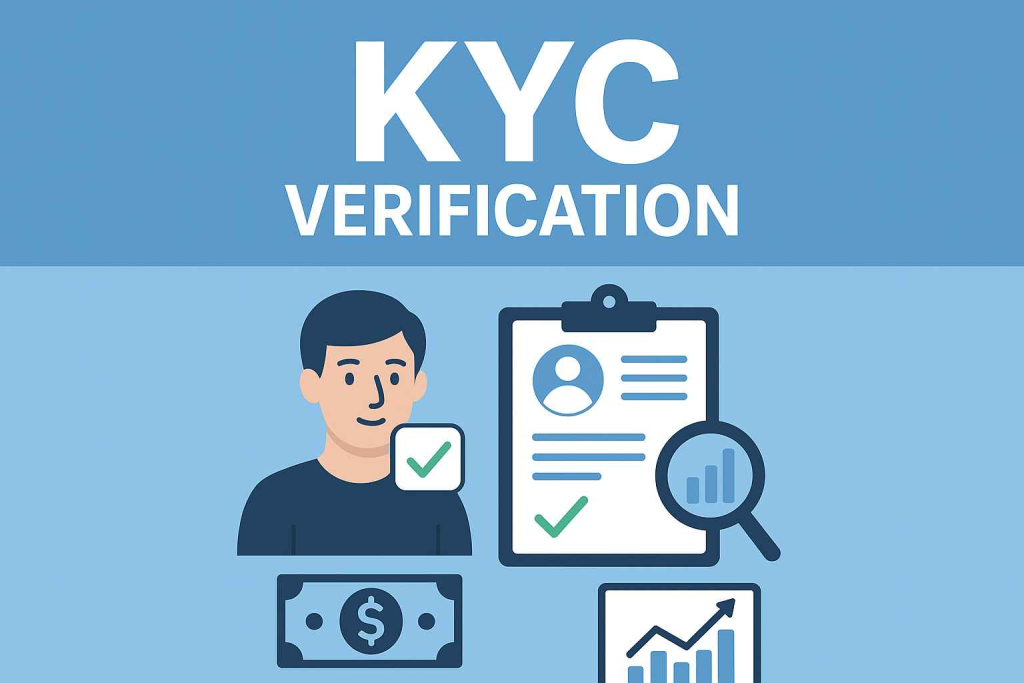Top Challenges in Uber Clone App Development and How to Overcome Them

The on-demand app market has grown exponentially, with Uber clone becoming a popular choice for entrepreneurs looking to enter this space. These apps replicate the features of the original Uber app while offering customizations to suit various industries, such as ride-hailing, food delivery, or logistics. However, building a robust Uber clone app is no simple feat. Developers face numerous challenges during the development process, which, if not addressed, can hinder the app’s success.
This blog explores the top challenges in Uber clone app development and provides actionable solutions to overcome them.
1. Ensuring Scalability and Performance
The Challenge
As the user base grows, the app must handle increased traffic, including concurrent ride bookings, driver interactions, and real-time tracking. Poor scalability can lead to app crashes, delayed responses, and dissatisfied users.
How to Overcome It
- Scalable Architecture: Use microservices architecture to handle different components (e.g., booking, payments) independently.
- Cloud Integration: Leverage cloud platforms like AWS or Google Cloud for elastic scalability.
- Load Testing: Conduct regular performance tests to ensure the app can handle peak usage.
2. Implementing Real-Time Features
The Challenge
Real-time tracking, notifications, and updates are core functionalities of Uber clone apps. Implementing these features requires seamless communication between the user, driver, and server.
How to Overcome It
- Use WebSockets: Enable real-time communication for features like location tracking and chat.
- Optimized APIs: Design efficient APIs for faster data exchange.
- Map Integration: Use reliable mapping services like Google Maps or Mapbox to ensure accurate navigation.
3. Managing Data Security and Privacy
The Challenge
Uber clone apps handle sensitive user data, including personal details, location history, and payment information. A security breach can damage your brand’s reputation and lead to legal repercussions.
How to Overcome It
- Data Encryption: Encrypt sensitive data during storage and transmission.
- Secure Payment Gateways: Integrate trusted gateways like Stripe or PayPal.
- Compliance with Laws: Adhere to data protection regulations like GDPR or CCPA.
4. Creating a User-Friendly Interface
The Challenge
A poorly designed interface can frustrate users, leading to decreased retention and engagement. The app must cater to both tech-savvy and non-tech-savvy audiences.
How to Overcome It
- Intuitive Design: Use clean layouts and simple navigation paths.
- User Testing: Gather feedback from real users to refine the interface.
- Accessibility Features: Ensure the app is accessible to people with disabilities by following WCAG guidelines.
5. Offering Multi-Platform Compatibility
The Challenge
To reach a broader audience, the app must function seamlessly across multiple platforms (iOS, Android, and web). Developing and maintaining compatibility can be resource-intensive.
How to Overcome It
- Cross-Platform Frameworks: Use tools like Flutter or React Native to build apps for multiple platforms with a single codebase.
- Platform-Specific Customization: Ensure essential features adhere to platform guidelines (e.g., Apple’s App Store policies).
- Regular Updates: Keep the app updated to ensure compatibility with the latest OS versions.
6. Driver and User Verification
The Challenge
Ensuring the safety of users and maintaining the app’s credibility require rigorous verification processes for both drivers and users.
How to Overcome It
- KYC Processes: Implement Know Your Customer (KYC) protocols for driver registration.
- Background Checks: Partner with third-party services to verify driver credentials and criminal records.
- User Verification: Use OTP-based verification during user registration.
7. Handling Complex Payment Systems
The Challenge
The app must support multiple payment methods, including credit cards, digital wallets, and cash, while ensuring secure and seamless transactions.
How to Overcome It
- Multiple Payment Gateways: Integrate diverse gateways to cater to different user preferences.
- PCI Compliance: Ensure the app meets Payment Card Industry standards for handling payments.
- Transaction Monitoring: Use analytics to track and resolve payment issues promptly.
8. Ensuring Location Accuracy
The Challenge
Accurate location tracking is crucial for user convenience and driver efficiency. Inaccurate data can lead to missed pickups or longer travel times.
How to Overcome It
- High-Precision GPS Tools: Use advanced APIs like Google Maps with high-accuracy mode enabled.
- Geofencing: Define boundaries around specific locations to improve accuracy.
- Error Handling: Provide users with options to manually adjust their pickup location if GPS fails.
9. Providing Reliable Customer Support
The Challenge
Users and drivers may encounter technical issues, disputes, or service-related problems that require immediate attention.
How to Overcome It
- In-App Support: Offer in-app chat, call, or email support for quick resolutions.
- AI-Powered Chatbots: Use chatbots for handling common queries 24/7.
- Ticket Management System: Implement a system to track and prioritize user complaints
10. Maintaining Competitive Edge
The Challenge
The on-demand market is saturated with competitors, making it essential to differentiate your app.
How to Overcome It
- Unique Features: Offer services like multi-stop rides, ride subscriptions, or eco-friendly vehicle options.
- Loyalty Programs: Introduce rewards or discounts for frequent users.
- Constant Innovation: Stay updated on industry trends like AI and IoT to integrate cutting-edge features.
11. Balancing Cost and Quality
The Challenge
Developing a feature-rich app without overshooting the budget is a common challenge for entrepreneurs.
How to Overcome It
- Agile Development: Use iterative approaches to prioritize essential features first.
- Outsourcing: Partner with experienced development companies for cost-effective solutions.
- Open-Source Tools: Leverage open-source libraries to reduce development costs.
12. Legal and Regulatory Compliance
The Challenge
Ride-hailing apps must comply with local transportation laws, tax regulations, and labor policies.
How to Overcome It
- Legal Consultation: Hire legal experts familiar with the industry.
- Flexible Policies: Design app policies to adapt to regional requirements.
- Licenses and Permits: Obtain all necessary permissions before launching.
Conclusion
Developing an Uber clone app is a challenging but rewarding endeavor. By addressing scalability, user experience, security, and compliance issues early, businesses can create a robust and competitive app. Collaboration with an experienced development team and adopting a user-focused approach can help overcome these challenges efficiently.
An Uber clone app is not just a replica but an opportunity to innovate and carve out a unique space in the on-demand market. By leveraging the insights shared in this guide, you can build an app that stands out and meets the evolving needs of users and drivers alike.

KYC Verification: Strengthening Financial Integrity Through Identity and Transaction Monitoring

Deepfake Detection: Combating AI-Generated Manipulation with Liveness Detection

Custom CRM Solutions: Transforming the Way Businesses Build Relationships

MRI Shielding Companies | Innovative Shielding for Hospitals

The Rise of Real Estate Tokenization Platforms: A New Era for Global Investors

Why Institutional Investors Are Eyeing Tokenized Real-World Assets

How Can AI Chatbots Improve Customer Support?
